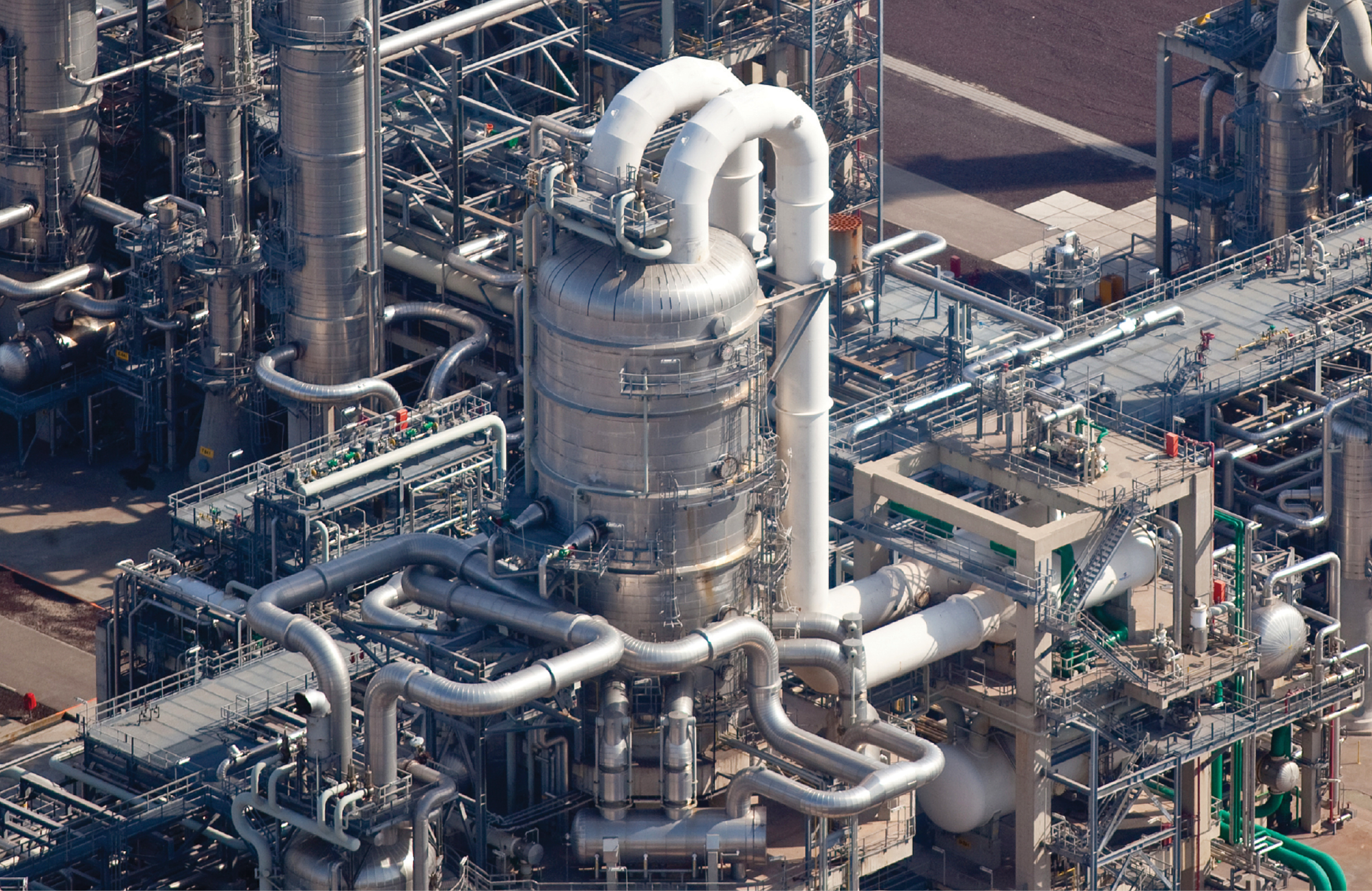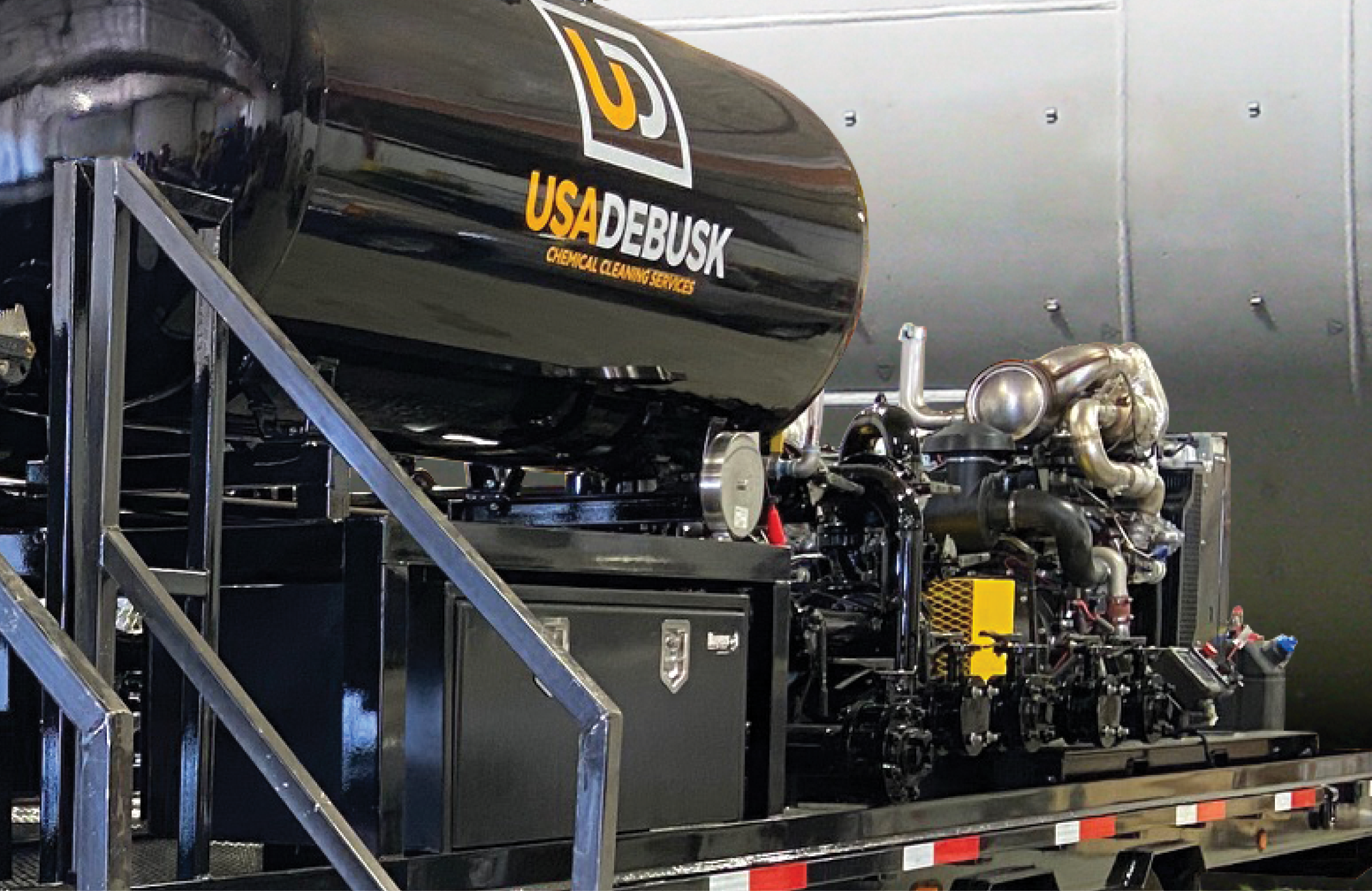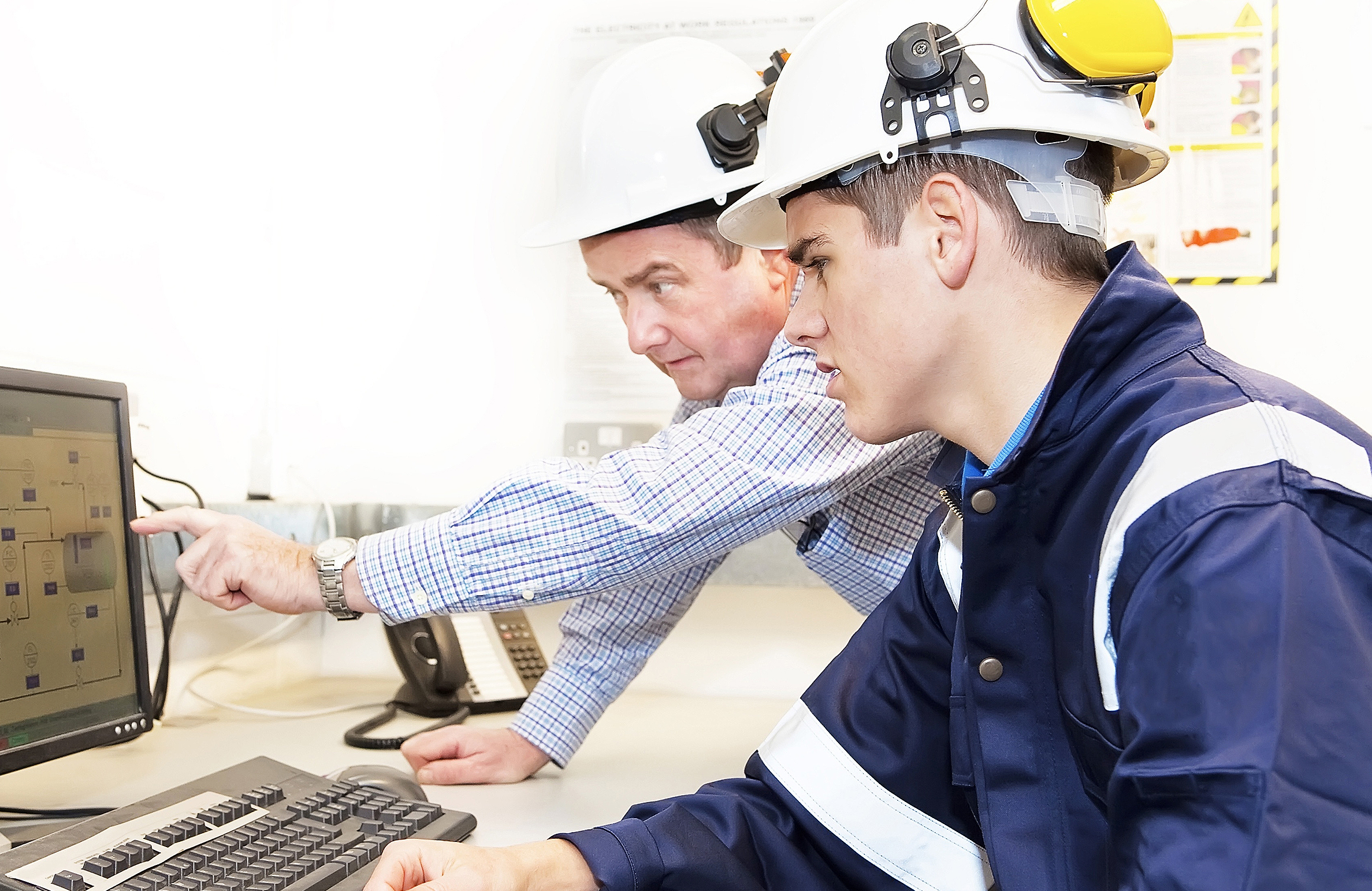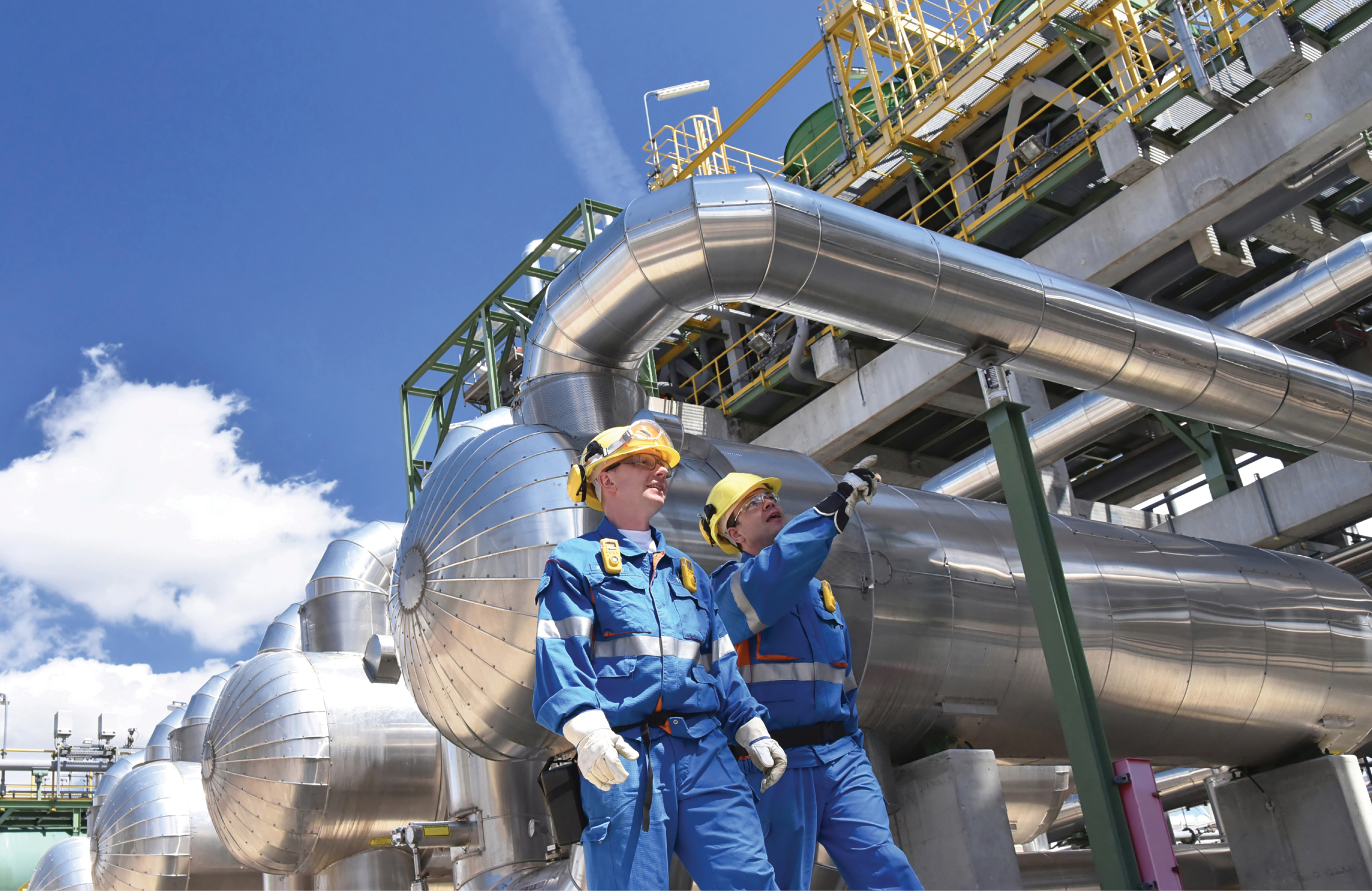Patented, Proven Reactor Cleaning Solutions
The process uses specially engineered chemistries to remove hydrocarbon deposits and degas reactors online, during the early stages of a process unit shutdown. It removes LEL, H2S, benzene, and other noxious gases from hydrotreaters, hydrocrackers and many media-containing vessels with dry gas.

Efficient, Effective Cleaning
USA DeBusk’s chemical products are non-acqueous, proprietary blends of solvents designed to dissolve hydrocarbon foulants and remove LEL, H2S, benzene and other noxious gases. The process works to enhance hydrogen gas sweeping by improving the evaporation characteristics and clearing profile of the hydrocarbons in the system.
Save Time & Money
As an online process with fast-acting chemistries, USA DeBusk reactor cleaning significantly reduces shutdown time and increases scheduling certainty for catalyst turnarounds. It produces cleaner high-pressure equipment compared to traditional methods, reducing the delays and costs of further mechanical cleaning once the unit is opened.


Improves Safety & Protects Catalyst
The process has no harmful effects on catalysts and removes more of the hydrocarbon contaminant from the catalyst surfaces than other cleaning options.
If the catalyst is going to be removed and regenerated, it improves the dumping process by increasing spent catalyst fluidity. Enhanced cleaning also may improve catalyst regeneration. If the catalyst is going to be left in place, benefits may include decreased pressure drops and increased catalyst activity.
Experience You Can Trust
From degreed engineers in project planning to veteran supervisors and technicians in the field, we apply decades of experience to ensure your reactor shutdown proceeds safely and efficiently.



